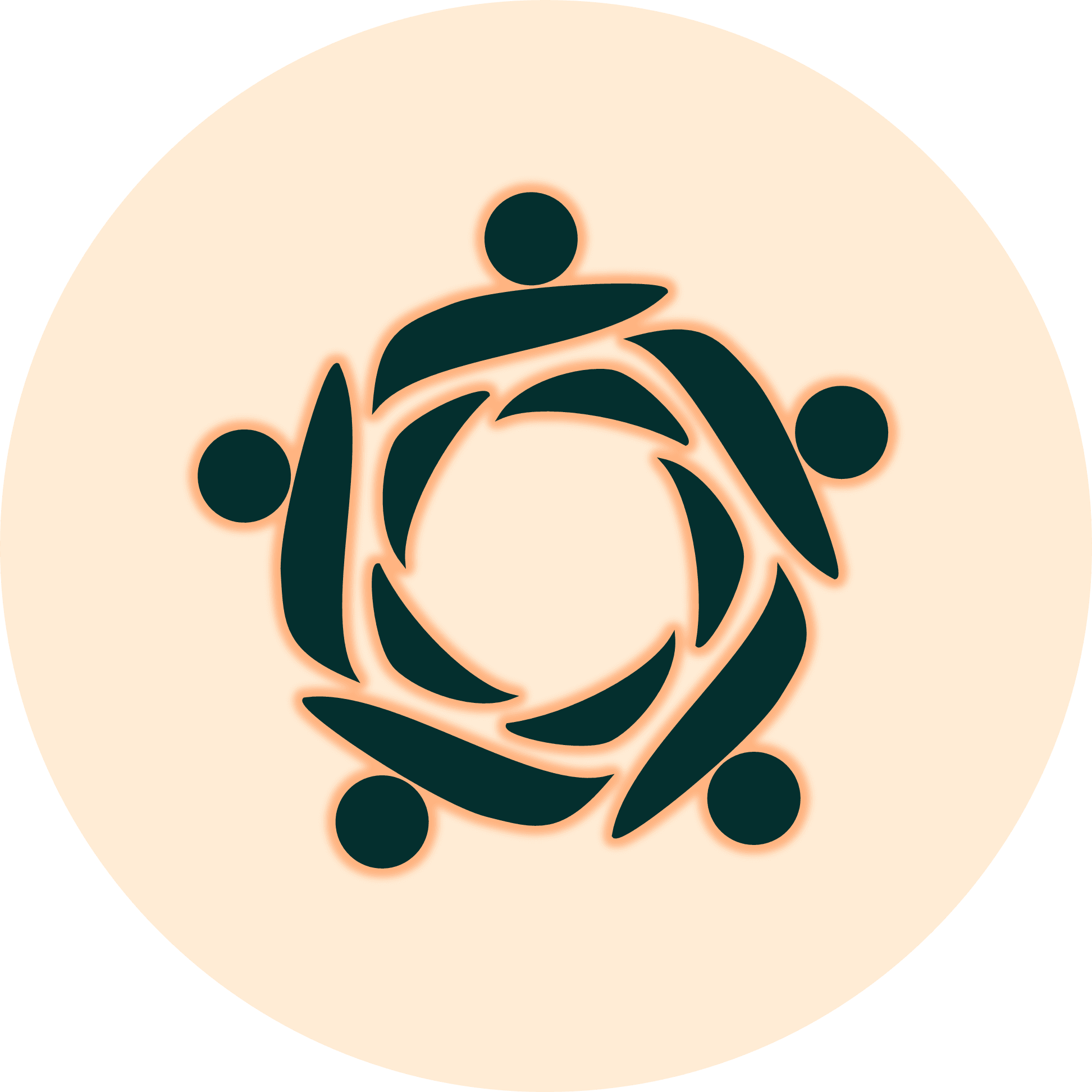Community guideline
Measure and make progress towards improving social wellbeing
Achieving social wellbeing at the individual and population levels requires ongoing investments in monitoring and improving social connection.
- Allocate funding and resources for research and evaluation on social connectedness.
- Develop measurement frameworks for understanding community social wellbeing.
- Measure social wellbeing at a community-level and monitor progress towards improvements in social connection.
- Identify the best evidence-based strategies for identifying and supporting communities and individuals at risk for social disconnection.
- Coordinate across sectors to prioritize strategies that reduce disparities in social wellbeing equity-seeking communities.



Additional considerations
Addressing social disconnection and fostering social wellbeing requires a multifaceted, collaborative approach involving a broad range of stakeholders. Various organizations across sectors—including health services, social support networks, community groups, education systems, local governments, housing services, and even private businesses—play pivotal roles in strengthening social connections. To achieve sustained progress, these entities must work together to coordinate efforts, share resources, and implement holistic strategies that effectively address loneliness and social isolation.
- Health and Social Services: Health services, including primary care and mental health organizations, are often the first point of contact for individuals experiencing social disconnection. These services can integrate assessments of social wellbeing into routine care and refer individuals to community-based programs that foster connection. Collaboration with social services such as peer support, counseling, and outreach programs helps bridge gaps between clinical care and community-based support, ensuring vulnerable populations are not left isolated.
- Community and Cultural Organizations: Local community centers, faith-based groups, and cultural organizations are central to fostering a sense of belonging. They often have deep-rooted connections to the individuals they serve and can offer tailored interventions that reflect the cultural, spiritual, or regional contexts of their communities. When these organizations coordinate with social services and governments, they can identify at-risk individuals earlier and provide culturally responsive, inclusive programming to mitigate loneliness and enhance social bonds.
- Education Systems: Schools, universities, and adult learning centers are essential partners in building social wellbeing, particularly for young people and adults undergoing transitions. Education systems can integrate social skills training, foster inclusive environments, and promote extracurricular activities that encourage community engagement. By coordinating with local health and social services, they can support students at risk of social disconnection and work to reduce stigma around loneliness and isolation.
- Local Governments: Municipal governments are well-positioned to lead initiatives aimed at improving social wellbeing. They can establish policies that promote inclusive public spaces, fund local programs designed to bring people together, and drive campaigns that raise awareness of the importance of social connection. Governments can also facilitate data collection on social wellbeing trends, enabling other sectors to track progress and adapt their strategies accordingly. Collaboration across government departments, including health, housing, and transportation, can help address the broader social determinants of disconnection.
- Housing Services and Urban Planning: Stable, safe, and supportive housing is critical for social connection. Housing services and urban planners can prioritize designs that promote social interaction, such as communal spaces in residential buildings, walkable neighborhoods, and mixed-use developments. By collaborating with health, social services, and community organizations, housing providers can ensure that vulnerable populations—such as low-income families, seniors, and individuals with disabilities—are integrated into vibrant, connected communities, rather than isolated in housing developments that lack social infrastructure.
- Private Sector and Employers: The private sector has an important role to play in fostering social wellbeing, both within workplaces and in the broader community. Employers can support social connection by promoting healthy work-life balance, offering opportunities for social engagement in the workplace, and encouraging employees to participate in community volunteer programs. Businesses can also provide sponsorship or funding for local initiatives aimed at reducing loneliness and can partner with non-profits to extend the reach of social connection programs.
Coordination across these sectors is essential because social wellbeing is a complex issue influenced by multiple factors, including health, housing, education, employment, and community infrastructure. No single organization or sector has the capacity to address all aspects of social disconnection on its own. A siloed approach risks duplication of efforts, gaps in services, and missed opportunities to leverage complementary strengths. By collaborating, organizations can share knowledge, pool resources, and create more comprehensive solutions that are accessible and effective across different population groups.
For example, a local government initiative to create public gathering spaces will be more successful if it is informed by the input of community organizations, who understand the specific needs and preferences of residents. Similarly, health services can better address the social needs of their patients when they are connected to social support organizations that provide long-term, community-based engagement. In turn, social services benefit from public health data that can guide targeted interventions for those most at risk of loneliness and isolation.
Coordination also enhances the capacity to scale successful programs and ensures that interventions are responsive to evolving community needs. It allows for the alignment of funding streams, enabling more sustainable programming, and helps identify and address disparities in access to social connection resources, particularly for marginalized or equity-seeking communities. Without cross-sector collaboration, these populations may continue to fall through the cracks, perpetuating cycles of disconnection and social exclusion.
In conclusion, building social connections and reducing loneliness and isolation requires an integrated approach that brings together organizations from across sectors. By coordinating efforts, these organizations can create a more cohesive, inclusive, and responsive system that promotes social wellbeing for all individuals, ensuring that no one is left behind.
Additional resources

Ending Loneliness Together’s Guides for Measuring, Evaluating, and Reporting Loneliness
Comprehensive resources developed to support community organizations in addressing and mitigating loneliness. The guides offer practical methodologies for assessing loneliness, evaluating the impact of initiatives, and reporting results, helping organizations refine strategies and enhance program effectiveness.

The Foundation for Social Connection's Social Connection Measurement Tools Inventory
A curated list of tools to assess social connection, including social networks, support, and loneliness. It provides descriptions, psychometric properties, and contexts for use, aiding researchers and practitioners in selecting measures to reduce isolation.

Compiles diverse interventions aimed at fostering social connection and reducing loneliness. While not endorsed by the Foundation, the catalog encourages innovation and collaboration by offering various solutions to enhance social wellbeing.

By M.S. Pantell et al., reviews the health impacts of social isolation and presents global strategies to mitigate these issues. The study highlights the economic burden and suggests evidence-based interventions to improve social connection and health outcomes.

Measuring the Impact of Socially Connected Communities Efforts Resource Guide
Provides a list of resources and information useful for measuring and evaluating social connection interventions at the community level.

